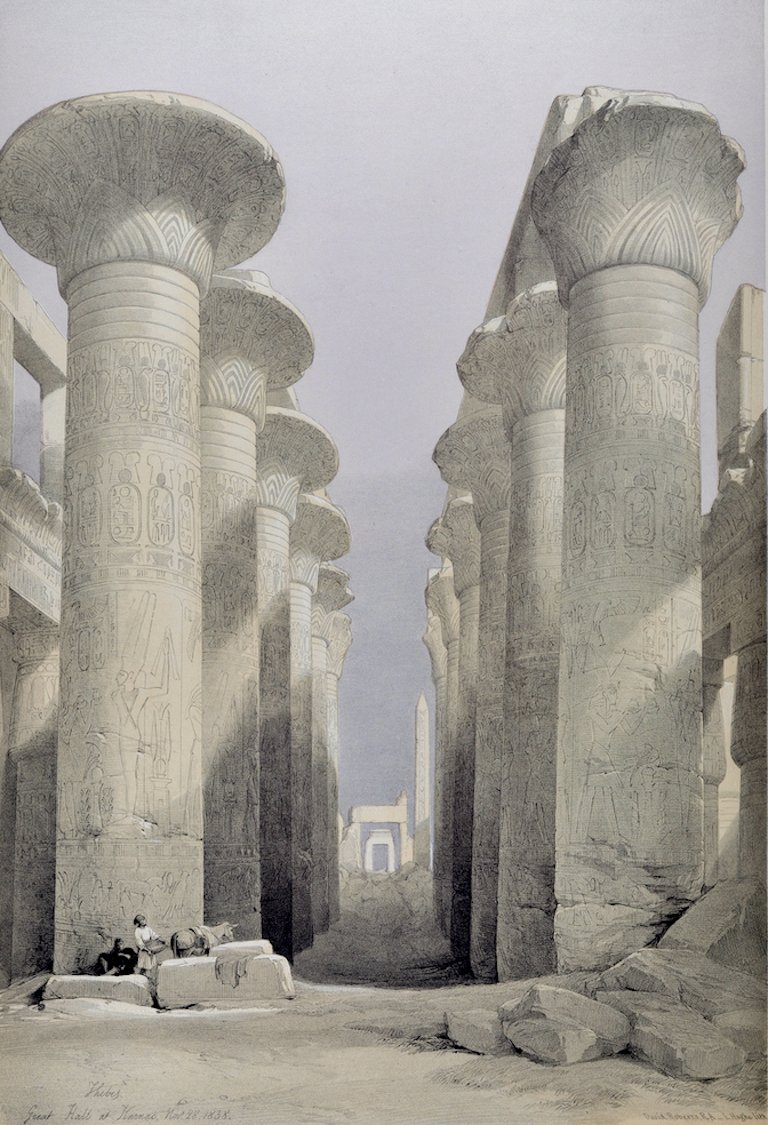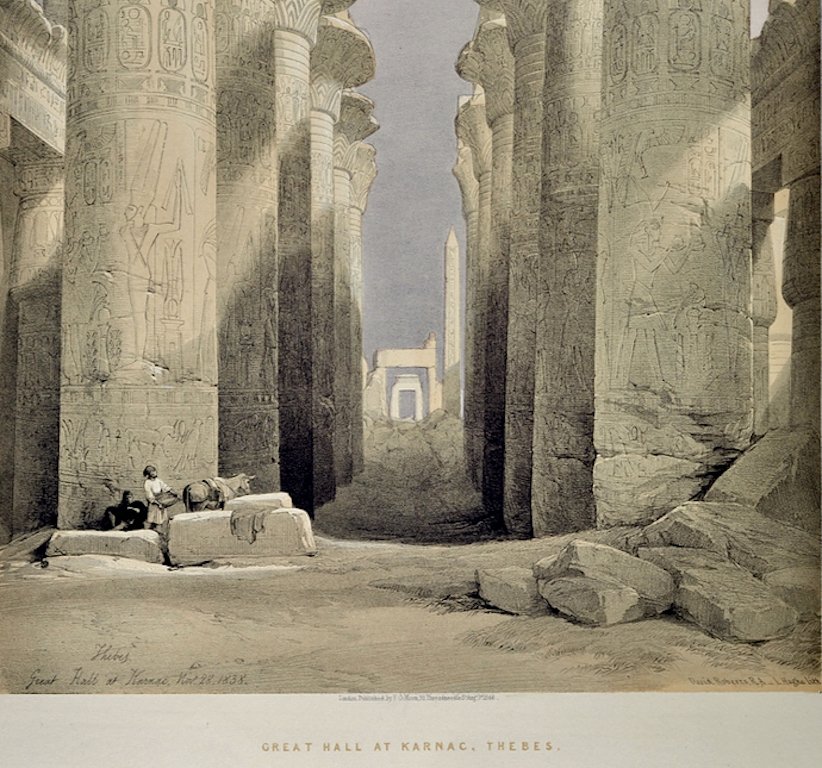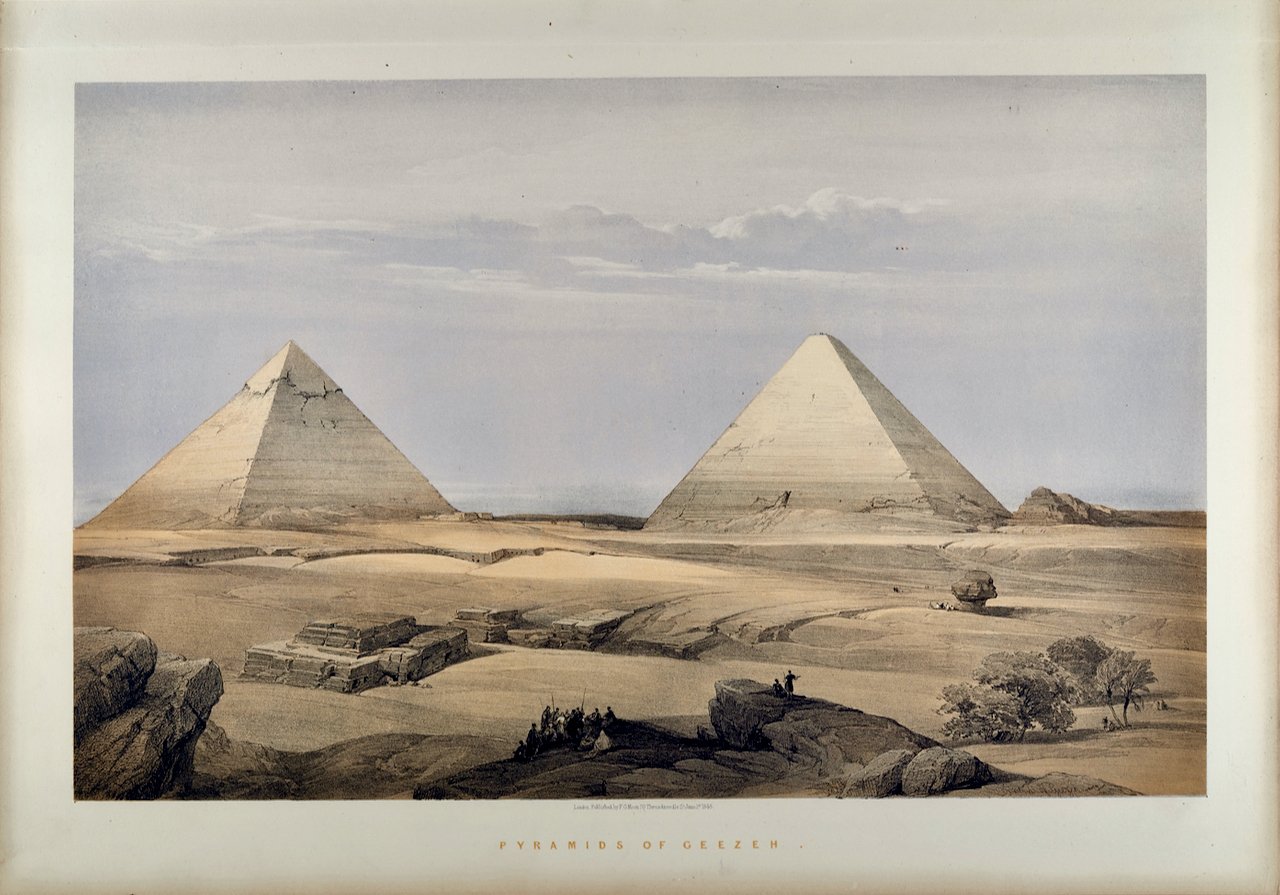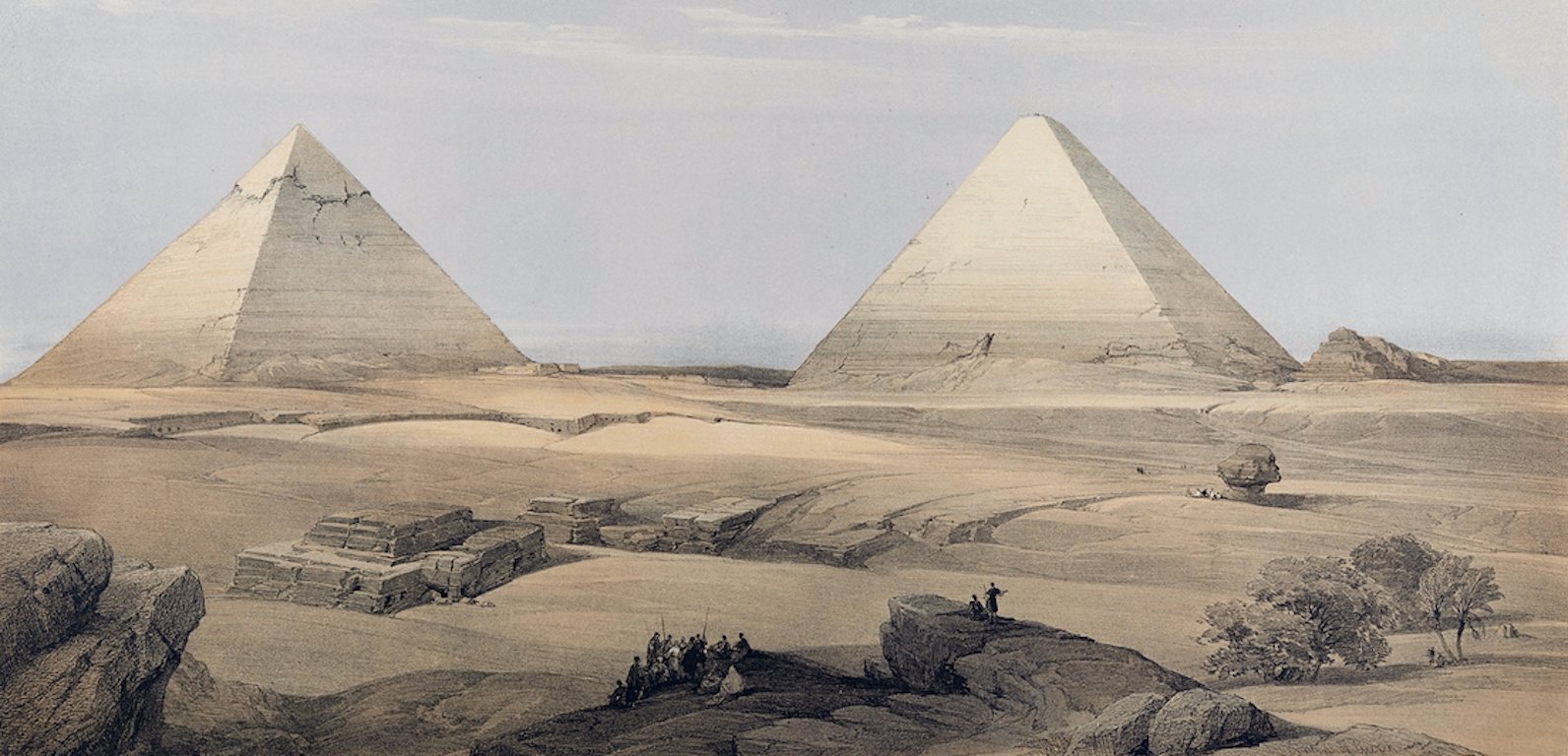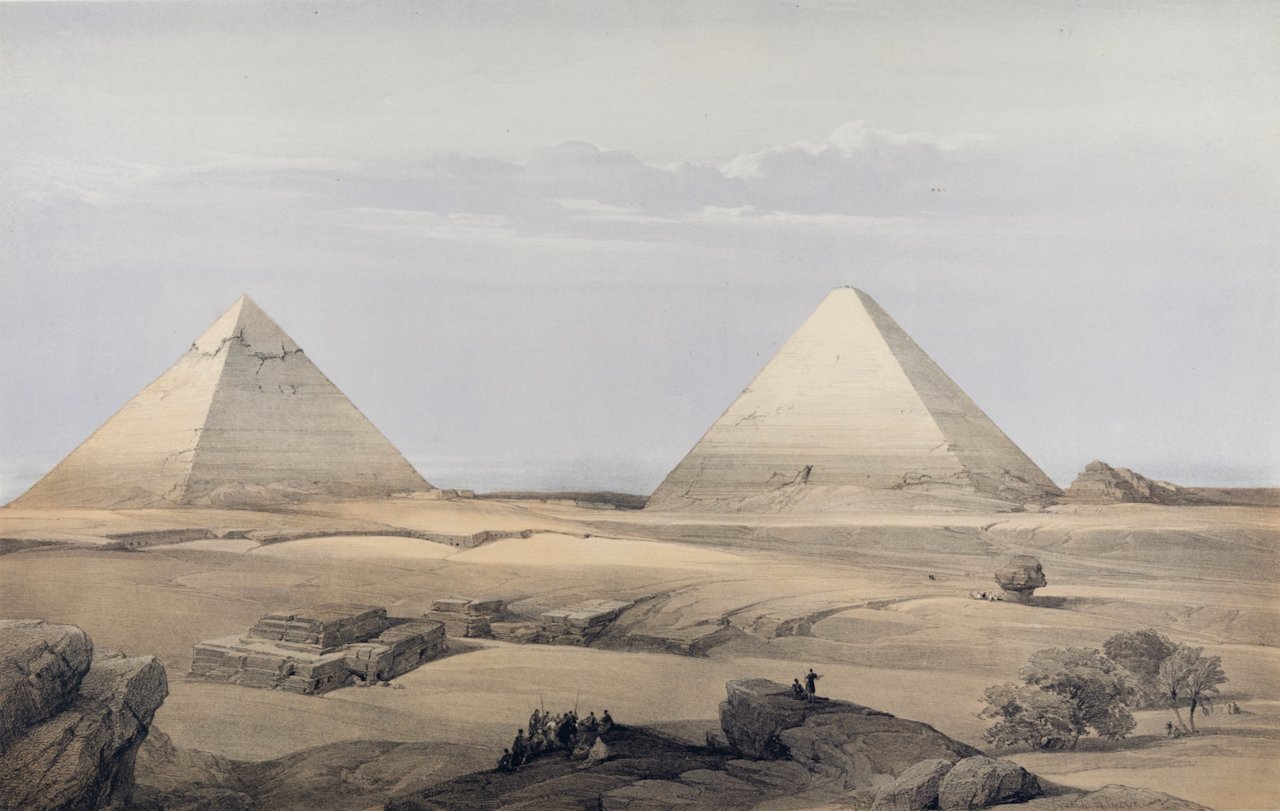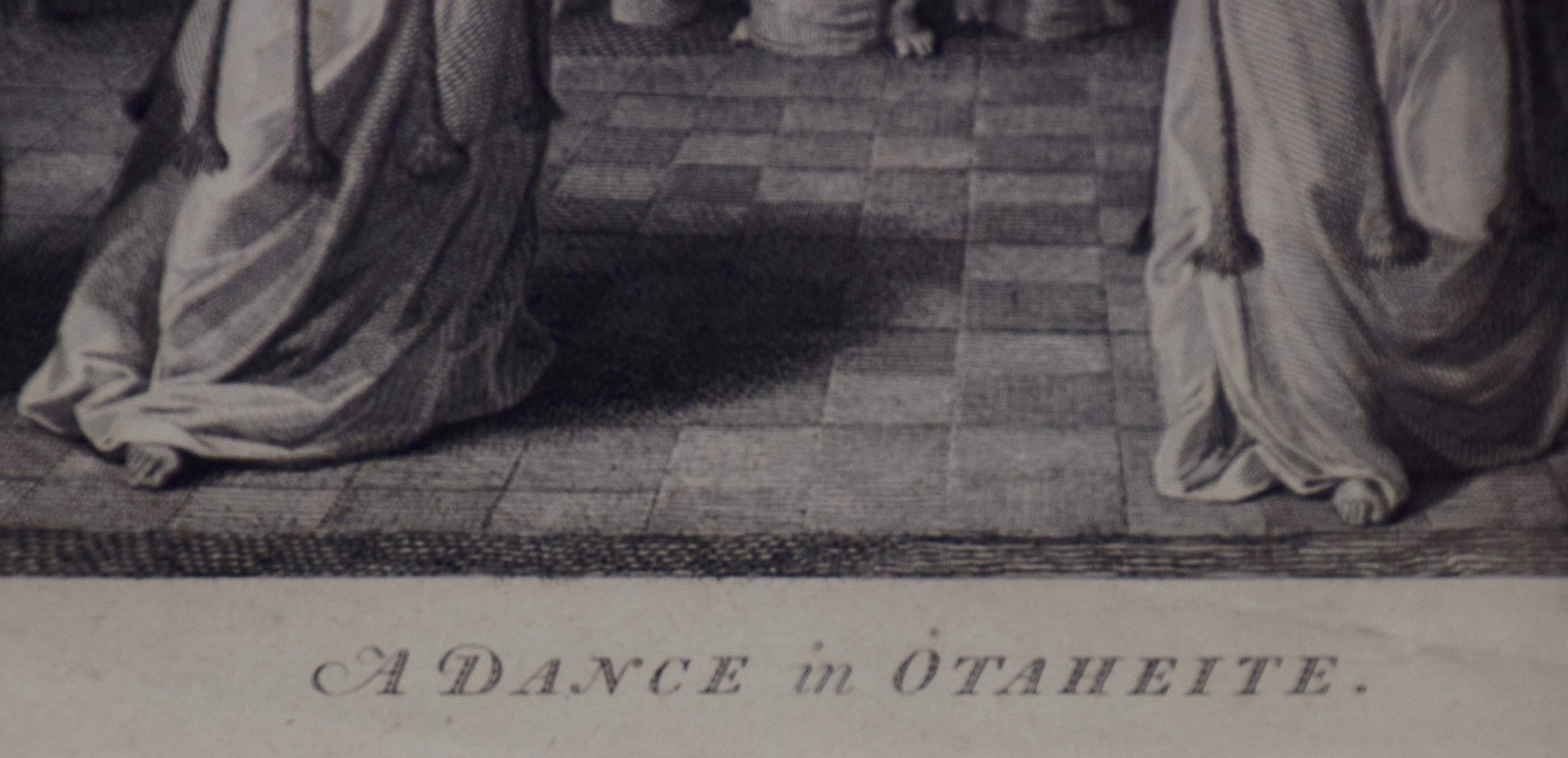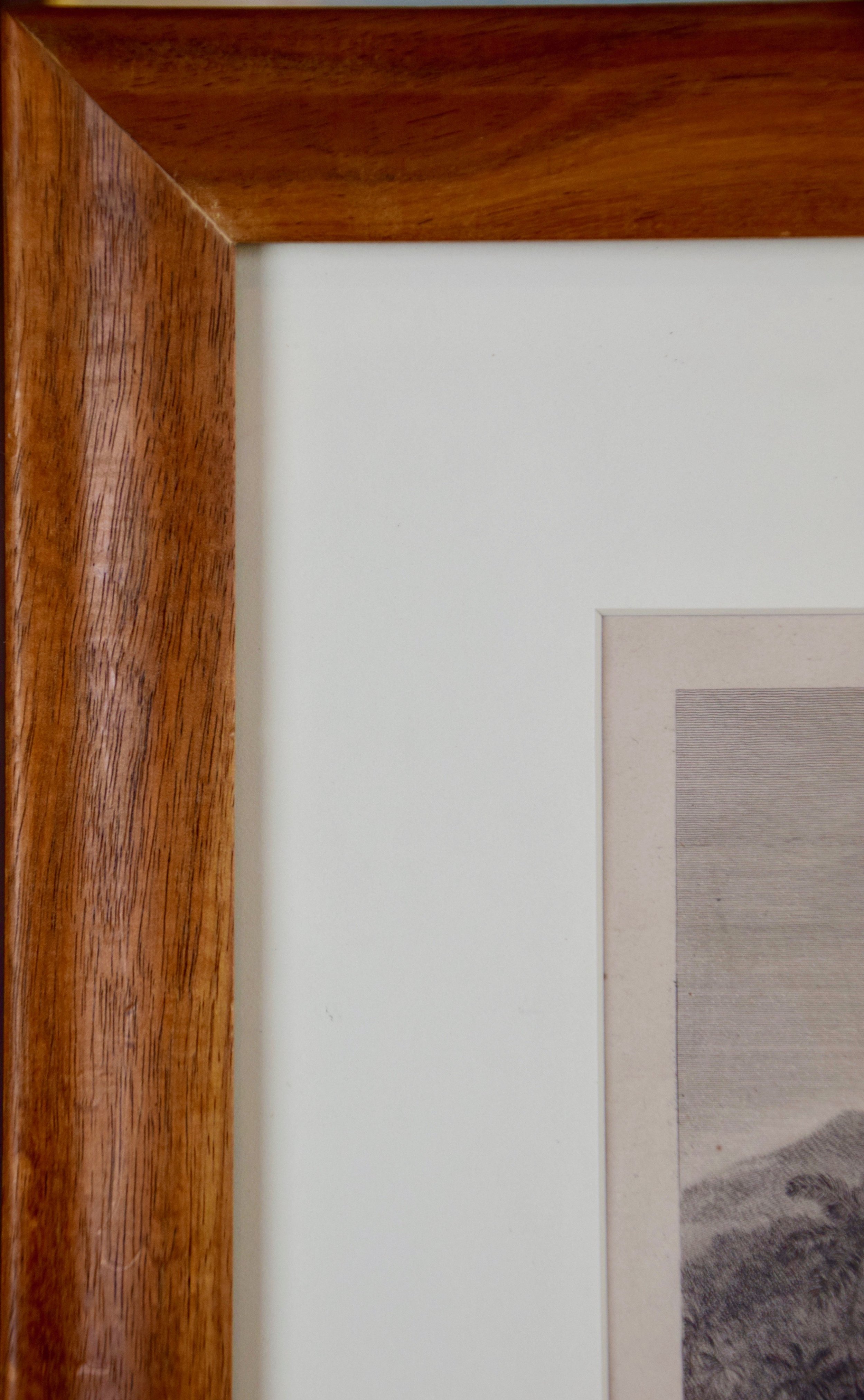This half-page duotone lithograph depicts one of the gates within the walls of Cairo, Egypt as it appeared when David Roberts visited in the late 1830's. The gate served to communicate between one part of the city and another. The gate towers are surmounted by the two minarets of the mosque of el Mua’yyad, only one of which is included in this view. Several groups of Egyptian men have gathered around the gate in the foreground. The print is signed in plate in the lower left and the title reportedly in Roberts' hand in the lower right, as it appeared in his original drawing.
This duotone lithograph is printed in the upper and mid portion of a wove paper sheet with the text description in the lower portion and on the verso. The sheet has wide margins. The portion of the sheet which includes the image and its margin measures 17.75" high and 16.75" wide. Overall the sheet measures 23.75" high and 16.75" wide. There is very faint toning adjacent to the edges of the sheet, but the sheet including the image portion of the print is in excellent condition.
The drawings and watercolours from Roberts' tour of the Holy Land and Egypt were collated together into folios and released over a seven year period by the publisher F.G. Moon from 20 Threadneedle Street London. This lithograph is from the Royal Subscription Edition (1842-1849) with only 500 copies produced per depiction. Louis Haghe (the Belgian engraver and friend of Roberts) worked on all of the lithographs for this series.
David Roberts (1796-1864) was born outside of Edinburgh, Scotland. At age 10 he became a house painter’s apprentice. He continued painting houses and eventually theater scenes in Edinburgh and then in London. His friend, J. M. W. Turner, recognized his artistic talent and encouraged him to become a full-time artist.
In 1839 Roberts traveled to Egypt and then in 1840, through the Holy Land, concluding in Jerusalem. Upon his return to England, F. G. Moon agreed to publish lithographs created by Louis Haghe from Robert’s sketches and watercolors. This publication was highly acclaimed and very popular for its esthetic quality, its historical and topographical accuracy, and Robert’s dramatic depiction of his scenes. Queen Victoria and Charles Dickens were among the subscribers who collected his works. Roberts' and Haghe’s duotone lithographs, often colored, remain extremely sought-after today and have been rising steadily in value.






